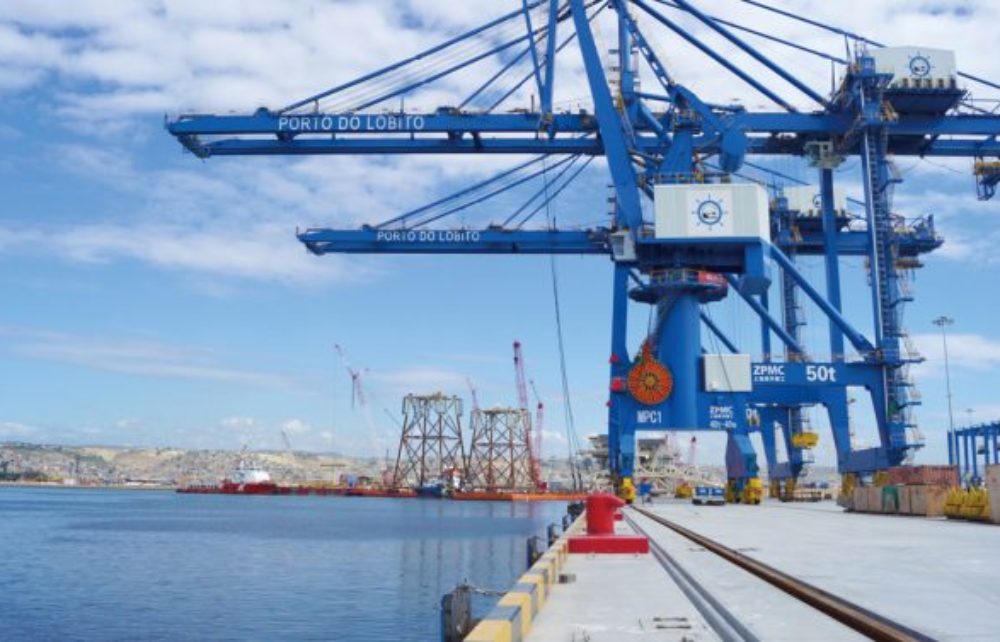Sea freight on the China-Brazil route has soared and reached an unprecedented USD 10,000 per TEU, according to importers and shipping companies operating in the Brazilian port of Santos.
”It is a record high; I had never seen freight reach that amount,” said Luigi Ferrini, Senior Vice President of Hapag-Lloyd in Brazil, quoted by Merco Press.
A year ago, the cost of this same route was in the range of USD 2,000 per TEU.
According to Rafael Dantas, director of importer Asia Shipping, freight costs have expanded since October, with the global recovery of the economy and the greater demand for Chinese products.
The routes from Asia to Europe and the United States also reached above-average values, at more than USD 4000 per TEU.
The price increase is mainly the result of logistical problems and the large gap between supply and demand over the past year – a “perfect storm for global container flows”, according to Centronave, which represents the long-haul global shipping groups in Brazil.
At the height of the Brazilian pandemic, between March and July, 23 ship trips from China were canceled. The number is equivalent to at least five weeks without container imports from the country.
In the middle of the year, it became clear to companies that it would be necessary to resume orders. The increase, however, coincided with the resumption in Europe and the United States, leading to a fierce dispute over containers and vessels. Today, virtually all ships available in the world are in use, says Centronave.
The situation is aggravated because the pandemic has also reduced efficiency in releasing cargo at ports, terminals, and warehouses, which also suffered from social isolation measures and the reinforcement of health surveillance protocols.
To try to ease the bottleneck, between October and December, shipping companies added 14 extra-loaders (additional ships), which increased capacity by about 14% on the Shanghai-Santos route. The increase, however, has not been sufficient to meet demand and now ship-owners and importers say prices have reached the USD 10,000 mark.
The increase could affect several sectors that depend on Chinese imports, like the electrical and electronic products industry.




